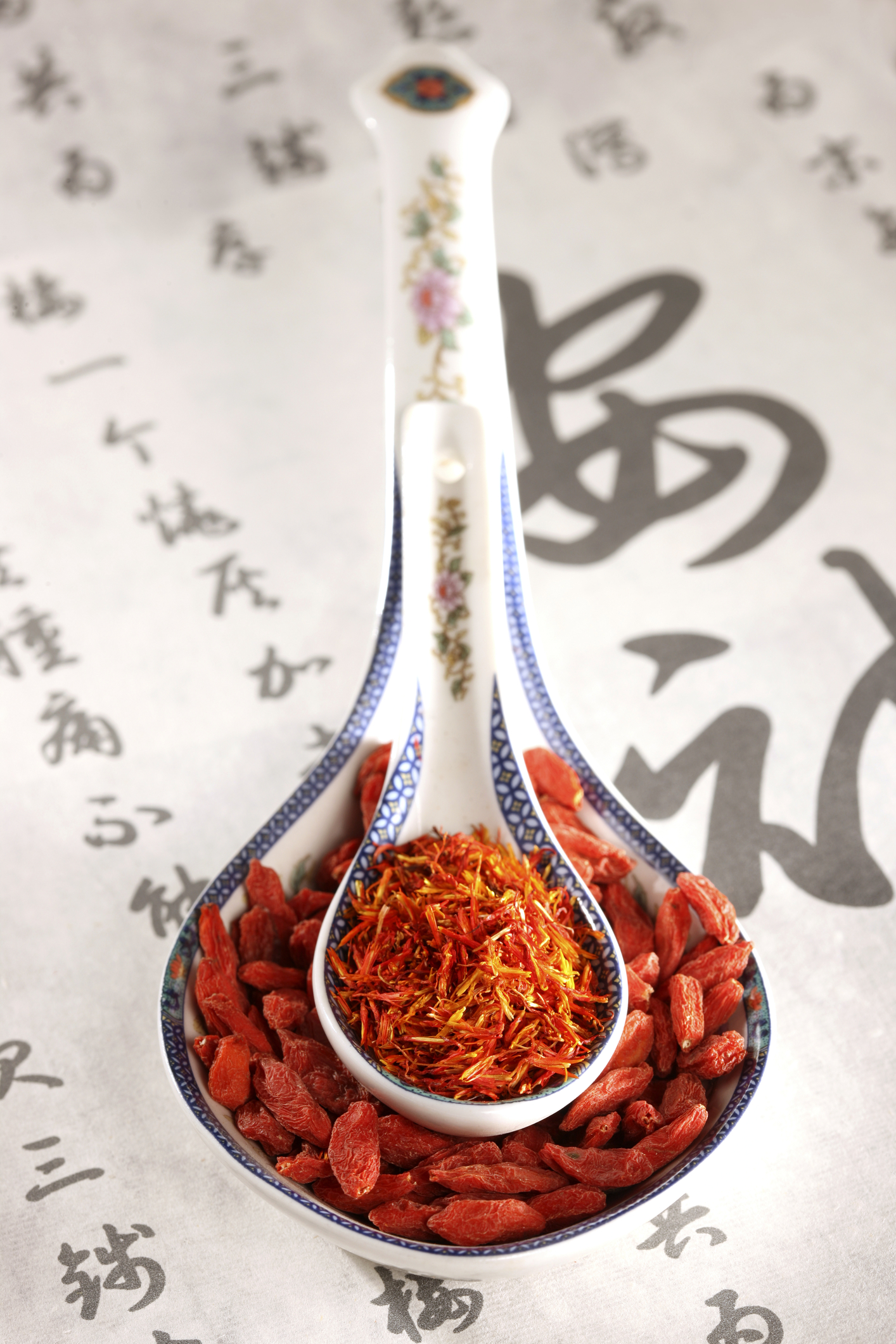Shopping Cart
0 item(s) - $0.00Treating Injuries: How to Quickly Stop Bleeding

Stopping Bleeding Quickly Can Save a Life!
止血救人
All combat sports like martial arts boxing, etc. are often referred to as “blood sports” because of the trauma and bleeding that are inherent to them. As odd as it may seem, traditional Chinese trauma medicine primarily uses the same type of formula (blood formulas) for treating life-threatening stab wounds and incisions as well as minor cuts and nose bleeding. These blood arresting formulas contain ingredients that coagulate the blood and stop bleeding. Some of these hemostatic prescriptions also contain herbs with anti-biotic agents that prevent infections when dirt or bacteria has gotten into an open wound. A word of caution: when using any form of first aid to stop bleeding — if you fail in your attempt to stop the bleeding, and it persists, seek professional medical attention.
How to Apply Direct Pressure to Stop External Bleeding:
- Before attempting to stop the bleeding if possible wash your hands with soap and water, and if they are available put on rubber gloves
- Have the person lie down
- Remove any debris or loose objects from the wound, but do not attempt to clean out the wound
- Press firmly on the wound with a thick layer of gauze, a clean cloth, or any clean material. If gauze or clean material is not readily available, apply direct pressure with your bare hand until you can get a pad
- If there is an object that is deeply imbedded in the wound such as a knife, do not attempt to remove it, apply pressure around the object not directly over it
- Apply steady pressure
- It is important to resist the urge to peek after a few minutes to see if the bleeding has stopped
- If blood soaks through the gauze or cloth apply another cloth on top of the first and re-apply direct pressure
- If after fifteen minutes of steady pressure emergency help has not arrived and a minimal amount of bleeding or oozing continues (when the pressure is released), re-apply direct pressure
- Direct pressure can be applied up to three times for a total of 45 minutes to stop minor bleeding
- If moderate to severe bleeding has not significantly slowed or stopped after fifteen minutes, continue to apply firm pressure, elevate the area (part of the body) that is bleeding and continue your effort until professional emergency medical assistance arrives (call 911)
- Watch for signs of shock such as restlessness, confusion, signs of fear, or shallow rapid breathing
- Remember that shock is a life-threatening situation that requires professional emergency medical care.

All Rights Reserved | © Sea of Chi 2026 | Web Design Company - DreamCo Design
The statements made have not been evaluated by FDA. Our products are not intended to diagnose, treat, cure or prevent any disease.











